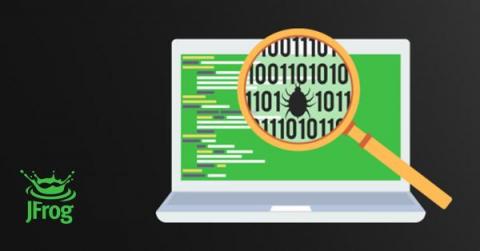DevOps 2022: 5 Big Rocks to Harness the Software Supply Chain
Together with the community, JFrog pioneered what we now know as DevOps with a focus on binaries (aka software packages, artifacts or images). A decade ago, no one thought binary management would be a thing — now it’s a standard most companies can’t live without. Back then, we said software universality would be necessary, and now others follow suit. People thought cloud would be a single-vendor decision.











